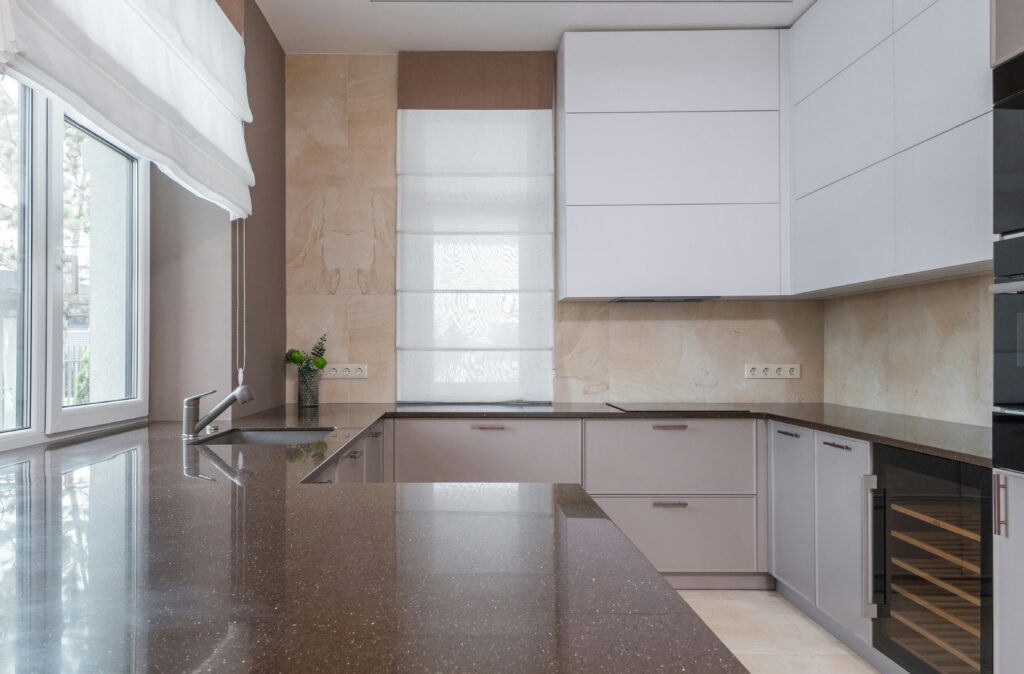Buying a home in today’s market comes with its challenges. Mortgage rates and prices are higher than last year, and fewer properties are available for sale. These hurdles can make finding your dream home seem daunting. However, by adopting a strategic approach, you can overcome these obstacles and make homeownership a reality.
Setting Realistic Expectations
As you begin your search, you must be realistic about what you can afford and what’s available. This means taking a close look at your wish list and distinguishing between what you need and what you would like to have. Being too selective can limit your options and push you beyond your budget.
Danielle Hale, Chief Economist at Realtor.com, advises focusing on your essential needs and avoiding the temptation to stretch your budget. Start by making a comprehensive list of features you desire in a home. Then, categorize these features into three groups: must-haves, nice-to-haves, and dream features.
Must-Haves
Must-haves are non-negotiable features that are essential for your lifestyle. This includes factors like the number of bedrooms and bathrooms, proximity to work or family, and necessary amenities like a good school district. If a home lacks these features, it won’t work for you.
Nice-to-Haves
Nice-to-haves are features you’d love but can live without. These might include a second office, a garage, or extra storage space. While these features are desirable, they are not dealbreakers.
Dream Features
Dream features are luxury items you don’t need but would love to have, such as a pool, a gourmet kitchen, or multiple walk-in closets. These features are often the cherry on top and should be considered only if the house meets all your must-haves and some nice-to-haves within your budget.
Flexibility and Future Upgrades
Focusing solely on houses that meet all your dream features can severely limit your options. Instead, prioritize finding a home that fulfills your must-haves. Remember, many nice-to-have features and dream features can be added later through remodeling. This approach allows you to stay within your budget while still having the potential to create your perfect home over time.
For example, if you love granite countertops or want a pool, you can plan to add these features after you move in. Concentrate on the aspects you cannot change, such as location and basic layout. This strategy broadens your options and allows you to personalize your house as you live in it.
Discussing Priorities with Your Real Estate Agent
Once you have categorized your list of priorities, it’s important to share it with your real estate agent. Your agent can help you refine this list, ensuring that you focus on the most critical features while staying within your budget. Their expertise and market knowledge will be invaluable in this process, helping you balance your needs and desires with what is realistic and available in your desired location.
Refining Your List
Your real estate agent can offer a fresh perspective on your priorities. They might suggest prioritizing features that add long-term value to your home, such as a good school district or proximity to public transportation, over more aesthetic desires. This refinement ensures that your list is practical and aligned with the realities of the market, helping you make smarter decisions.
Sticking to Your Budget
One of the most significant advantages of working with a real estate agent is their ability to help you stick to your budget. They can provide a clear picture of what you can realistically afford, preventing you from overextending yourself financially. Your agent can guide you toward homes that meet your essential needs without compromising your financial stability, ensuring you make a sound investment.
Market Insights
Agents have their fingers on the pulse of the market. They know which neighborhoods are up-and-coming, where you might get more value for your money, and which areas to avoid due to issues like high crime rates or poor resale value. This knowledge can save you from making costly mistakes and help you find a home that is not only suitable now but also a good investment for the future.
Feasibility of Upgrades and Renovations
Understanding which upgrades and renovations are feasible and worth the investment is another area where your agent can provide valuable insights. They can help you identify homes that might need some work but have the potential to increase in value with the right improvements. For instance, if a home is in a prime location but needs a kitchen remodel, your agent can advise you on the potential return on investment for such a project.

Remodeling for Personalization and Value
After purchasing, remodeling projects can enhance its functionality and aesthetic appeal. Simple upgrades, such as painting, landscaping, and updating fixtures, can quickly and affordably refresh your home’s look. A new coat of paint in modern, neutral colors can make spaces feel larger and more inviting. Landscaping improvements, like adding flowers, trimming bushes, and maintaining the lawn, boost curb appeal, making your property more attractive to visitors and potential future buyers.
For those looking to make more substantial changes, renovating key areas like the kitchen or bathroom can dramatically transform your home. A kitchen remodel might include installing new countertops, cabinets, and appliances, creating a more functional and stylish space. Similarly, updating bathrooms with new tiles, fixtures, and storage solutions can improve their utility and aesthetics.
Additions and upgrades
Adding an outdoor living space, such as a deck or patio, is another excellent way to enhance your home. These areas extend your living space and provide a perfect spot for entertaining or relaxing. Incorporating features like outdoor kitchens, fire pits, or comfortable seating can make these areas particularly inviting.
Beyond improving comfort and enjoyment, these upgrades can add great value to your property. Well-executed remodels in kitchens, bathrooms, and outdoor spaces are particularly known for providing high returns on investment when it comes time to sell. Potential buyers often look for homes with updated features and modern amenities, and these improvements can make your property stand out in a competitive market.
Today’s housing market requires strategic planning and realistic expectations. By focusing on essential features and being open to future upgrades, you can find a house that meets your needs without breaking your budget. Work closely with a real estate agent to identify properties that align with your priorities and have the potential for personalization. Remember, sometimes the perfect home is the one you perfect after buying it.



Bruce
Marcus
Emma